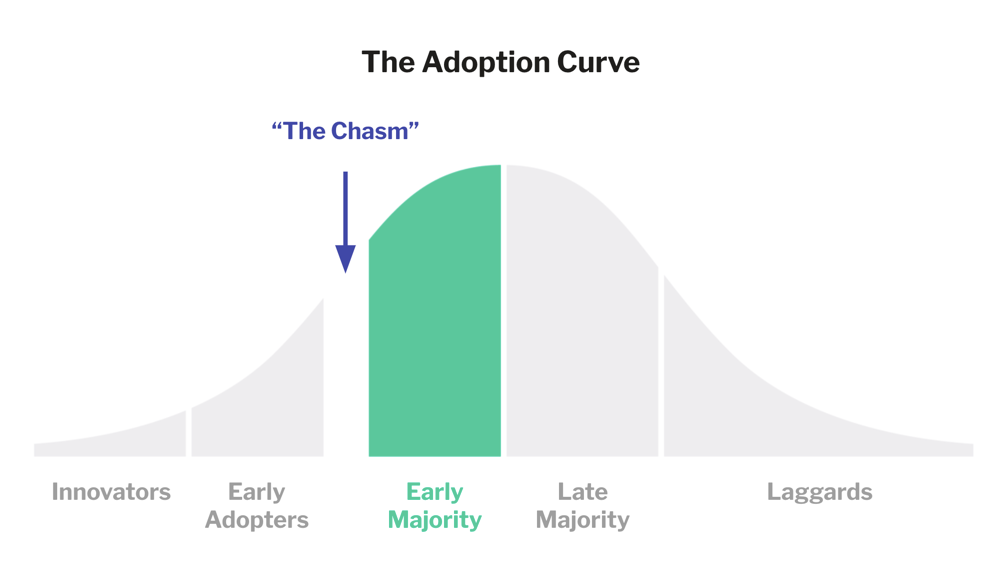UX in Cryptocurrency
An overview of user experience in cryptocurrency applications
This report gives an overview of user experience challenges that the Web3 industry will need to overcome to reach mass adoption. It highlights critical challenges and best practices in user experience and interface design with examples.
For any technology, adoption is a prerequisite for impact, and clear value and a good user experience are prerequisites for adoption.
Report Goals
Identify best practices and challenges in user interface design for cryptocurrency experiences.
Offer actionable frameworks for contextualizing cryptocurrency's UX adoption challenges moving forward.
Elevate awareness that cryptocurrency's most important user experience challenges run deeper than interface design.
Generate a deeper understanding of the strategic role of design as an upstream investment, not as only a downstream optimization-level input.
What’s in it:
An overview of usability challenges with cryptocurrency user interfaces.
An assessment of 12 popular apps offered in the United States to understand the user experience.
Pure Wallets: Algorand (Algorand chain), Valora (Celo chain), Lobstr (Stellar chain), Coinbase Wallet (multi-chain); Extended Function Wallets: Argent, Metamask; NeoBank: Cash App; NFT Marketplace: OpenSea; Custodial Exchange Experience: Nexo, Coinbase; Browser-First Wallet: Brave; and Remittance Focused Wallet: Novi.
We also reviewed 17 apps offered across Africa and Asia.
Bitnob, Tala, Afriex, Paxful, ChainEX, Yellow Card, Helicarrier, Helicarrier: Sendcash; CoinDCX, Wazirx, Unocoin, Coinswitch Kuber, Zebpay.
Key Takeaways
What got us here won’t get us there: Early Adopters adopt for different reasons than Majority Adopters.
Many cryptocurrency apps are overwhelming. “More” isn’t “Better” if it confuses people or offers opportunities to unknowingly take large risks.
Most cryptocurrency apps don’t focus on OR articulate clear value propositions to solve real problems for most people.
UX ≠ UI. Great user experiences require more than implementing nice visual design or user interface best practices.
Sharply differentiate between “investing” and “transacting,” and design interactions accordingly.
Focus on experience bridges to build great decentralized experiences.
For any technology, adoption is a prerequisite for impact, and that clear value and a good user experience are prerequisites for adoption. This report differentiates between Early Adopters who try new things driven by an interest in tech (or, in this case, sophisticated financial use cases) and Majority Adopters who try new things based on ease of use, cost barriers and the ability to solve problems in their lives. We propose that the industry today will need to evolve to attract Majority Adopters; a big part of that evolution is how well people’s needs are met by new products and those products’ usability.
Right now, the cryptocurrency world treats all currencies as both investment assets and transactive media. The key distinction lies at the “platform” level in what one can do with the currency (and how easily—which includes how much it costs). Contrast this to the traditional financial sector, which has thousands of instruments specifically designed for different use cases, and as such accessed via different tools.
Our review of app interfaces shows us that the most important user experience challenges run deeper than interface design. The next phase of cryptocurrency experience development will need to continue focusing on the fundamentals: design infrastructure and solutions that don’t require people using apps to master technical concepts and find use cases that solve problems in the majority of people’s lives today.
Read our report
Fill out this form to access a Google Slides and PDF version of our reports.
Our primary goal is impact. We encourage readers to share, iterate on, and apply our research findings. All of our reports are available as Googles Slides and PDFs so that you can easily copy and paste content from the slide deck into your materials.
Be sure to attribute CRADL as the source.
All of our research is under a Creative Commons BY-SA 4.0 license.




